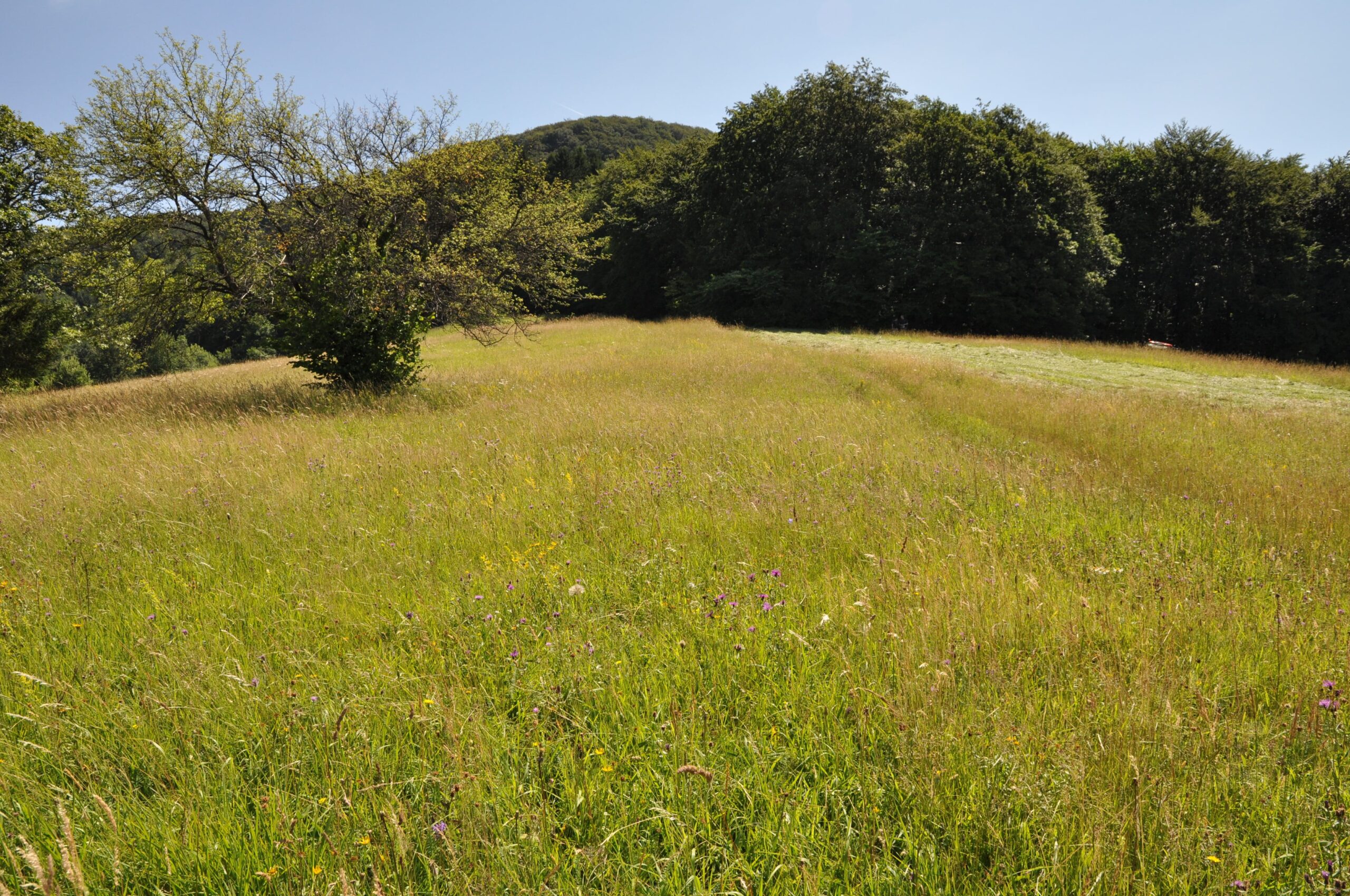Giving life to Slovenian grasslands
Biodiversity decline in agricultural landscapes has been problematic for decades in Slovenia, and extensive grasslands are one of the most threatened habitats in the country. The LIFE project “Conservation and Management of Dry Grasslands in Eastern Slovenia” addresses biodiversity conservation in agricultural environments.
Restoring mountain grasslands
The project’s main aim is to improve the unfavourable status of dry grasslands and ensure the long-term conservation of these habitats, as well as plant and animal species connected to them in the following areas: Haloze, Pohorje, Kum and Gorjanci-Radoha. All four areas face problems of overgrowth and abandonment of agricultural use on one hand and the problem of unsuitable (intensive) agricultural use of land on the other.
This LIFE project, also called “life to grasslands” contributed to the implementation of a Natura 2000 Management programme (2015–2020) to improve the unfavourable conservation status of some of the most endangered grasslands habitat types in Slovenia (Semi-natural dry grasslands and scrubland facies on calcareous substrates). One of the challenges was to find opportunities for the cultivation of once-abandoned agricultural land, and thus show that the production of quality agricultural products and protection of nature can be compatible.

Activities & results
Some of the actions included in the Natura 2000 programme included:
- rental and purchase of abandoned grasslands to ensure sustainable management.
- communication and networking of landowners and farmers, thereby ensuring the management of abandoned lands.
- mapping of overgrown areas and removal of the overgrowth.
- assurance of sustainable management of grasslands by providing grazing equipment and free rental of lawnmowers, on the basis of concluded agreements with owners and tenants.
- restoration and establishment of traditional orchards; and promotional and educational activities.
So far 81 agreements with farmers and landowners have already been signed, and currently 181 landowners/tenants are involved in project activities. Through the involvement of farmers in the project’s activities and signed agreements with farmers and landowners on their inclusion in the project activities, they have so far managed to ensure sustainable management of dry grasslands on 518 ha of land.